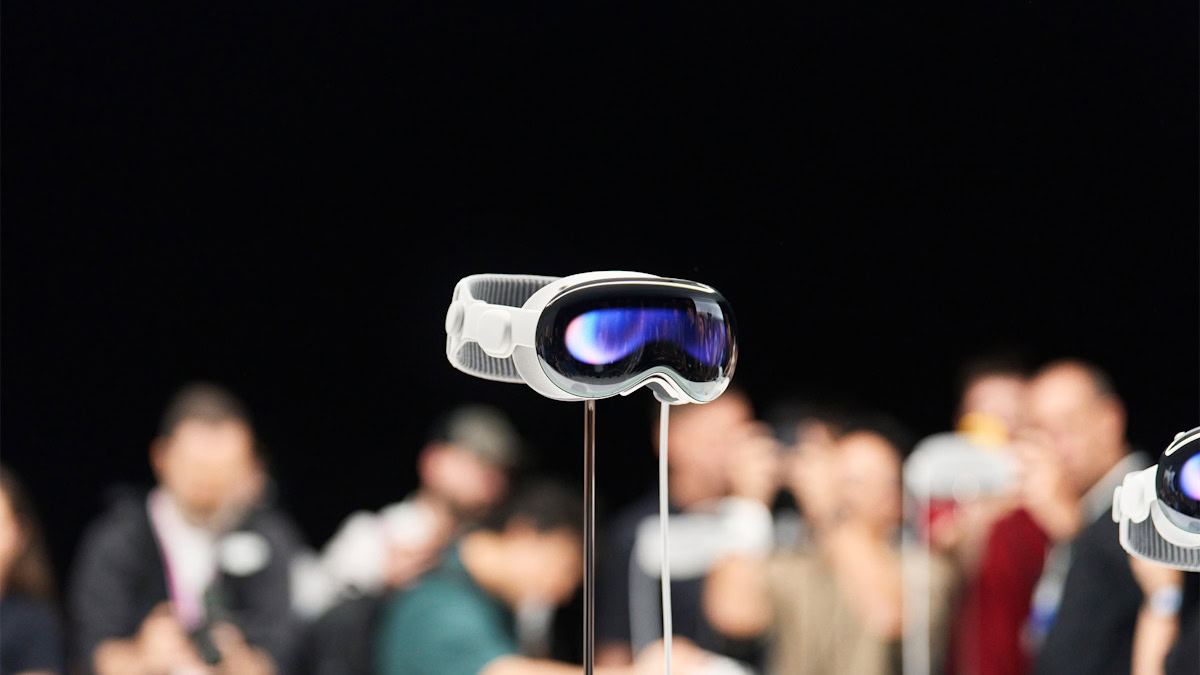Affiliate links on Android Authority may earn us a commission. Learn more.
Apple is already working on a Vision Pro sequel leak says
Published onNovember 13, 2023

- A new leak has revealed details on a second-generation Vision Pro currently in development.
- Apple’s follow-up to its yet-to-be-released AR/VR headset is codenamed Project Alaska.
- Project Alaska could be cheaper than the first-gen Vision Pro.
Apple’s Vision Pro is set to launch in 2024 and will be the company’s first mixed reality headset. Although the Vision Pro is still months away, the Cupertino firm may already be working on its successor, according to a new leak.
A report from MacRumors delivers details on a second-generation Apple VR/AR headset codenamed Project Alaska. The product is reportedly set to start the product validation testing (PVT) stage of development in 2025 and has the device identifier N109.
It appears the hardware will look very similar to its predecessor, but will have a few minor differences. One of those design departures will be the internal speakers. Alaska ditches the rounded areas and instead features temples that are flat and uniform.
The rear straps may also be slightly different, adopting a design said to be “reminiscent of the flat straps commonly found on laptop bags or backpacks.” Due to the simpler design, it’s believed this will make the straps easier to mass produce, which could help lower the price of the headset.
The leak also suggests there were two different design configurations for the top vents. One of the options mimicked the Vision Pro, while the other used two clusters of tiny speaker-type holes.
In addition, there appear to be references to a non-descript audio accessory like an external speaker. Speaking of external accessories, we may also see the return of the external battery pack.
The elements that could stay the same are the cameras and sensors. These include a compass, ambient light sensor, magnetometer, and gyroscope. Alaska could also support Wi-Fi, Bluetooth 5, and ultra-low latency audio.
Other hardware additions could include:
- Two micro OLED displays
- One TrueDepth camera
- Four computer vision (CV) cameras
- Two RGB cameras
- Two low light infrared illuminators
- Semi-automatic interpupillary distance (IPD) adjustment
Since this product is still early in development, the final version could end up a little different from what’s described in this report. Due to it entering PVT in 2025, it’s possible we could see the headset launch in late 2025 or early 2026. Overall, the hardware is expected to be cheaper than Apple’s 2024 offering.